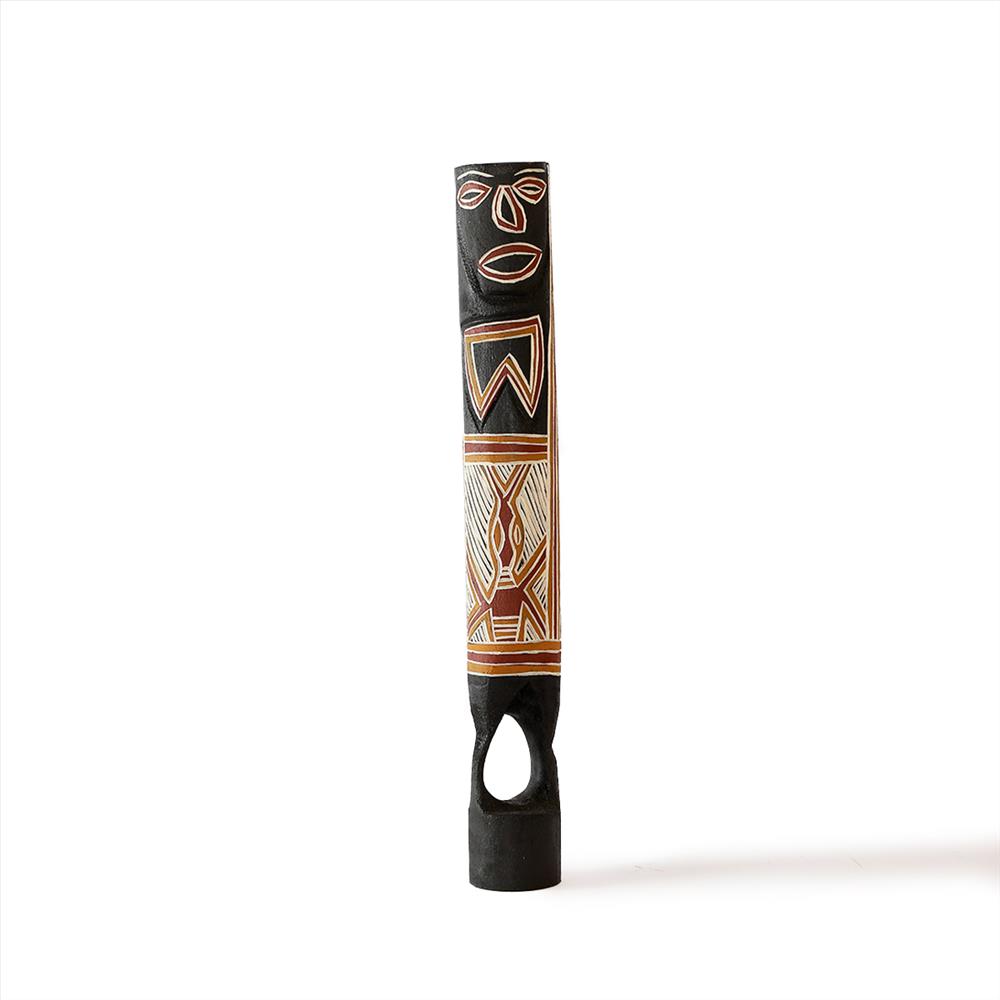Buku-Larrnggay Mulka Shipping policy
Please note that postage prices are included in the sale price. Larger artworks are sent via Startrack and tracking numbers are provided. Prints and smaller items are sent via registered Australia Post. We expect a high number of sales which may cause delays with processing and packing. We thank you for your patience. From the time of collection delivery with Startrack and Australia Post takes approximately 7-10 working days. International purchases are sent via DHL and may incur additional cost.
All barks are sold with a aluminium framing system allowing the work to be hung directly onto your wall. Larrakitj and Carvings will not include stands or supports for display, please email [email protected] or leave a message in your sale for more information on the manufacture of Larrakitj and Sculpture stands or supports. All prints are sold unframed.
Buku-Larrnggay Mulka Refund policy
Refunds will be considered on a case-by-case basis. All artworks are insured and should damage occur in transit the customer will be offered the options to repair, exchange or refund the work.
Buku-Larrnggay Mulka Return policy
In the case of damage the art centre will arrange the pick up and return of the work.










